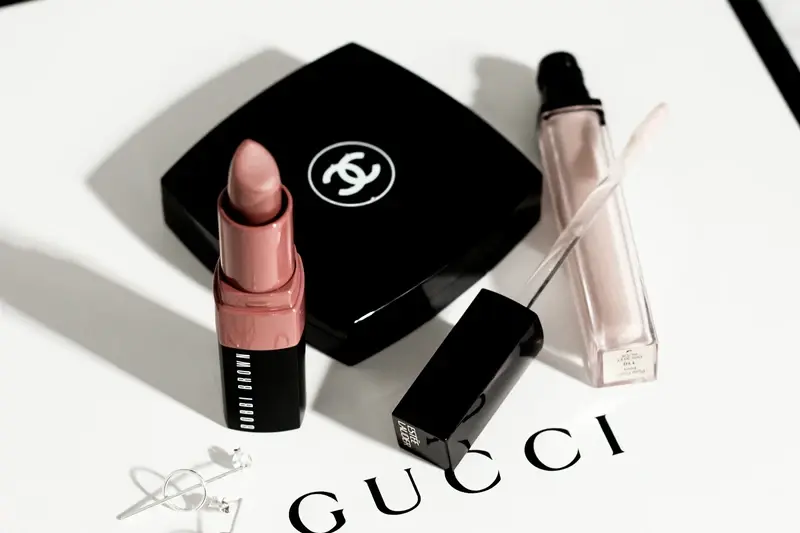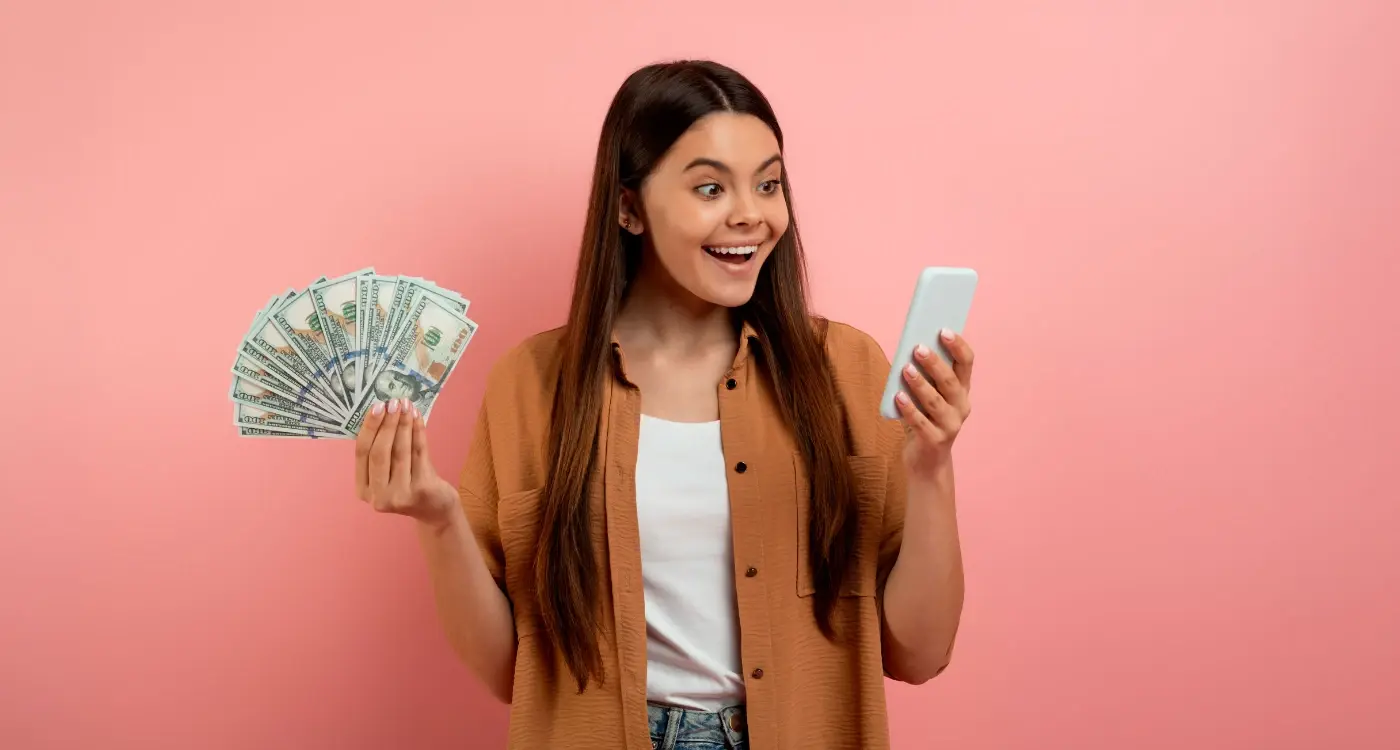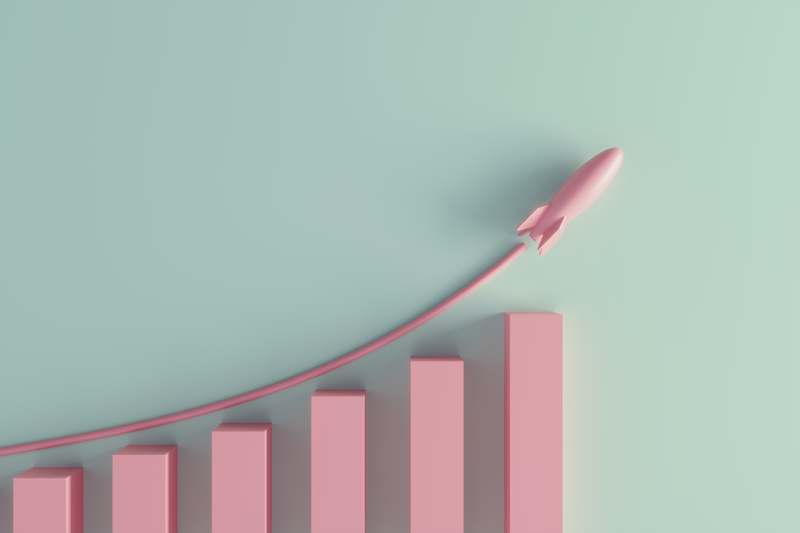What Triggers Should You Set Up for App Email Automation?
A home maintenance app sends a welcome email when someone first downloads it. Three days later, they follow up with tips for seasonal home care. When a user books their first service, they get a confirmation email plus a series about what to expect. But here's where most apps stop—and that's a huge missed opportunity. The real power of email automation kicks in when you start responding to what users actually do (or don't do) inside your app.
Email automation isn't just about sending messages on a schedule. It's about creating a conversation that adapts to how people behave. When someone abandons their booking halfway through? That's a trigger. When they complete their profile after weeks of procrastinating? Another trigger. When they haven't opened your app for two weeks but used to be a daily user? You guessed it—trigger time.
I've seen apps increase their user retention by 40% just by setting up proper email triggers. It's not magic, it's just paying attention to what your users are telling you through their actions. Every tap, swipe, purchase, and pause is data you can use to send more relevant messages at exactly the right moment.
The best email automation doesn't feel automated at all—it feels like the app is genuinely paying attention to what each user needs
The thing is, most app developers think about email as an afterthought. They'll spend months perfecting their user interface but then send generic "check out our new features" emails to everyone. That's backwards thinking. Your email strategy should be as personalised as your app experience itself. We're going to walk through the specific triggers that actually work—not just the obvious ones, but the subtle behavioural cues that separate successful apps from the ones gathering digital dust.
User Onboarding Email Triggers
Getting new users properly set up with your app is absolutely critical—and I mean that. The stats on this are pretty sobering; most apps lose around 70% of their users within the first week. Brutal, right? But here's the thing: a well-designed onboarding email sequence can dramatically improve those numbers.
The key is timing. You don't want to bombard people immediately, but you also cant let them forget about your app. I typically set up the first welcome email to trigger within 10 minutes of signup. This gives users time to explore a bit, but catches them while they're still engaged.
Core Onboarding Email Triggers
- Welcome Series Starter - Triggers 10 minutes after account creation
- Feature Introduction - Sends if user hasn't completed key actions within 24 hours
- Profile Completion Nudge - Activates when profile is less than 50% complete after 48 hours
- First Success Celebration - Fires when user completes their first meaningful action
- Tutorial Reminder - Triggers if user skipped initial tutorial and hasn't returned in 3 days
One mistake I see constantly? Apps that treat onboarding as a one-size-fits-all process. Your email triggers should adapt based on how users actually behave. If someone's already figured out your core features, don't keep sending them "how to get started" emails—it's just annoying.
The best onboarding sequences I've built focus on progressive disclosure. Start with the most important feature that delivers immediate value, then gradually introduce more advanced functionality. Each email should have a clear, single purpose and drive users back into the app to complete specific actions. And honestly? Keep them short. Nobody's reading essay-length onboarding emails on their phone.
Engagement and Activity-Based Triggers
Right, let's talk about the bread and butter of app email automation—engagement triggers. These are the emails that fire based on what your users are actually doing (or not doing) in your app, and honestly, they're some of the most powerful tools in your marketing toolkit.
The beauty of activity-based triggers is that they're contextual. When someone spends 10 minutes browsing a particular section of your app, that's prime time to send them related content or offers. When they complete their first major action—whether that's making a purchase, finishing a level, or uploading their first photo—that's your moment to celebrate with them and guide them to the next step.
I've seen apps increase their user lifetime value by 40% just by setting up proper engagement triggers. The key is timing and relevance; you want to strike while the iron's hot, but not be annoying about it.
Common Activity Triggers That Actually Work
- First action completed (welcome them to the club!)
- Session length milestones (engaged users deserve recognition)
- Feature usage patterns (they loved X, so show them Y)
- Content consumption triggers (finished reading? Here's more)
- Social sharing activities (amplify their enthusiasm)
- Achievement unlocks (gaming apps especially love these)
The trick is not to overwhelm users with emails after every single tap. I typically recommend setting up a frequency cap—maybe one activity-based email per day maximum. You want to feel helpful, not stalky.
Set up a "cooling off" period between activity triggers. If someone gets an email for completing their profile, don't immediately send another one when they upload a photo 5 minutes later. Give them breathing room.
Remember, these emails should feel like a natural extension of the app experience, not an interruption. The best engagement emails make users want to open your app again, not unsubscribe from your list.
Abandoned Cart and Purchase Recovery
Right, let's talk about the emails that can literally save your revenue—abandoned cart recovery messages. I've seen these single-handedly recover 15-20% of lost sales when they're set up properly. And honestly, if you're not using them, you're basically throwing money away.
The psychology here is pretty straightforward. Someone's already shown intent to buy by adding items to their cart, but something stopped them. Maybe they got distracted, maybe they wanted to compare prices, or maybe they just needed time to think. Your job is to gently nudge them back without being pushy about it.
Cart Abandonment Sequence
Here's what I typically recommend for the timing—first email goes out 1-2 hours after abandonment. This catches people who genuinely got distracted. Second email at 24 hours with perhaps a small discount or free shipping offer. Third email at 72 hours, and this one needs to create urgency. Stock running low, limited-time offer, that sort of thing.
But here's the thing most people get wrong; they focus only on the cart contents. The best recovery emails I've built also include related products, customer reviews of the abandoned items, and clear social proof. Why? Because sometimes the original choice wasn't quite right, and you're giving them alternatives rather than losing the sale entirely.
Post-Purchase Recovery
Don't forget about incomplete purchases either—those transactions that start but fail for technical reasons. These need immediate attention, usually within 30 minutes. The customer intended to buy, so your email should acknowledge the issue and provide a direct path to complete their purchase.
- Send first cart recovery email 1-2 hours after abandonment
- Include product images and clear "Complete Purchase" buttons
- Add related products and customer reviews for context
- Use progressive incentives—start with gentle reminders, add discounts later
- Create urgency with stock levels or time-limited offers
- Set up immediate recovery emails for failed transactions
Behavioural Milestone Triggers
Right, let's talk about one of my favourite types of email automation—behavioural milestone triggers. These are the emails that celebrate what users have actually done in your app, and honestly? They're absolute gold when it comes to keeping people engaged.
I've seen apps completely transform their retention rates just by setting up a few smart milestone emails. We're talking about triggers like "You've completed your first workout!", "Congratulations on your 10th order", or "You've been with us for 30 days now". Simple stuff, but it works.
Setting Up Your First Milestone Sequence
The key is picking milestones that actually matter to your users—not just what matters to your business metrics. Sure, you want to celebrate when someone makes their first purchase, but what about when they add their first item to favourites? Or when they use a feature for the third time? These smaller wins build momentum.
The best milestone emails don't just celebrate past behaviour—they nudge users towards their next logical action in your app
Timing Your Milestone Messages
Here's something most people get wrong with milestone triggers: timing. Don't send the "congratulations" email immediately after someone hits the milestone. Give it a few hours, maybe even a day. Let that achievement sink in first.
I typically set up milestone emails to include a small reward or exclusive content. Maybe it's early access to a new feature, or just some helpful tips related to what they've accomplished. The goal isn't just to pat them on the back—it's to show them what's possible next and keep that engagement flowing naturally into their next session.
Re-engagement and Win-Back Campaigns
Right, let's talk about the emails that can make or break your app's long-term success—win-back campaigns. I've seen too many brilliant apps lose users simply because they didn't have a proper re-engagement strategy in place. It's honestly one of the most overlooked aspects of app email automation, which is mad when you consider that acquiring a new user costs about five times more than re-engaging an existing one.
The key to effective win-back campaigns is timing and relevance. You don't want to be that annoying app that bombards inactive users with generic "We miss you!" emails. That's just lazy marketing. Instead, set up triggers based on specific inactivity periods—maybe 7 days for a social app, 30 days for a productivity tool, or 14 days for an e-commerce app. The timing depends entirely on your typical user behaviour patterns.
Crafting Win-Back Messages That Actually Work
Here's what I've learned from years of testing these campaigns: personalisation is everything. Reference the user's last activity, highlight new features they haven't seen, or offer something genuinely valuable like exclusive content or a special discount. One client saw a 23% re-activation rate simply by showing users what they'd "missed" since their last visit.
The Three-Email Sequence Strategy
Don't put all your eggs in one basket with a single win-back email. Create a sequence: first email focuses on curiosity ("Check out what's new"), second offers value ("Here's something special for you"), and the third creates urgency ("Last chance to rejoin"). Space them about a week apart, and you'll be surprised how many users come back on that second or third touch.
Remember, not everyone will come back—and that's fine. Use your final email to gather feedback about why they left. That data is gold for improving your app and preventing future churn.
Push Notification Follow-ups and Cross-Channel Triggers
The most successful apps I've worked on don't just send push notifications and hope for the best—they create intelligent follow-up sequences that work hand-in-hand with email automation. It's a bit mad really how many apps miss this opportunity to double down on their messaging strategy.
When someone doesn't respond to a push notification within 24-48 hours, that's your cue to follow up via email. Maybe they had notifications turned off, or perhaps they swiped away the alert without thinking. Email gives you a second chance to deliver that same message with more context and a clearer call-to-action.
But here's where it gets interesting—you can trigger emails based on push notification behaviour too. If someone consistently ignores your promotional push notifications but opens app-related emails, that tells you something about their preferences. You can automatically adjust their communication settings or segment them into email-focused campaigns.
Cross-Platform Messaging Strategies
I've seen brilliant results when apps coordinate their messaging across multiple channels. For example, if someone abandons their cart and ignores the push notification, send an email 2 hours later with additional product details and customer reviews. If they still don't convert, maybe a push notification with a small discount code the next day.
The key is making sure your messages complement each other rather than just repeating the same content. Each channel has its strengths—push notifications are great for urgency and immediate actions, whilst emails can provide more detailed information and context.
Set up a 'communication fatigue' rule that prevents users from receiving both a push notification and email about the same topic within a 4-hour window—nobody wants to feel bombarded by your app.
Location data can trigger cross-channel sequences too. When someone visits your physical store but doesn't make a purchase through the app, you can follow up with an email featuring products they might have seen in-store, creating that connection between offline and digital experiences.
Location and Time-Based Automation
Location and time-based triggers are where app email automation gets really clever—and honestly, a bit creepy if you're not careful about privacy settings! These triggers tap into when and where your users are most likely to engage with your content, creating opportunities for incredibly relevant messaging.
Time-based triggers are probably the easiest to implement and understand. You can send emails based on the user's local timezone, which is brilliant for things like daily workout reminders at 7am or evening meal planning suggestions. I've seen fitness apps absolutely nail this by sending motivational emails just before typical gym hours in each user's location.
Smart Timing Strategies
But here's where it gets interesting—you can also trigger emails based on optimal engagement times you've learned from your user data. If your analytics show that Sarah always opens emails on Tuesday evenings, why send her stuff on Monday morning?
Location-based triggers require more careful handling because of privacy concerns, but they're powerful when used right. A coffee shop app might send a discount when you're within 500 metres of a store, or a travel app could trigger packing list emails when you're approaching your departure date and location.
Implementation Considerations
- Always get explicit permission before using location data
- Respect do-not-disturb hours across different timezones
- Test your timing logic thoroughly—nobody wants 3am promotional emails
- Consider cultural differences in timing expectations
- Have fallback triggers for users who don't share location data
The key is balance. These triggers should feel helpful and timely, not invasive. When you get it right, users will wonder how your app knew exactly when they needed that reminder or offer.
Technical and Performance Triggers
Right, let's talk about the emails nobody wants to send but everyone needs to set up—the technical ones. These are the automated messages that fire when something goes wrong with your app or when performance issues crop up. Trust me, after years of dealing with app crashes at 3am, these triggers can save your reputation and your sanity.
The most important one? App crash notifications to your users. When your app crashes, users are already frustrated; leaving them in the dark makes it worse. Set up an automated email that acknowledges the issue, apologises briefly, and lets them know when it's fixed. Keep it simple: "We know our app crashed on you earlier, and we've sorted it now. Sorry about that!"
Performance and Update Triggers
Slow loading times trigger abandonment—that's just a fact. But you can set up emails for users who experience consistent performance issues. Maybe they've had three slow sessions in a row? Send them troubleshooting tips or suggest clearing their cache. It shows you're paying attention.
Users who receive proactive technical support emails are 40% more likely to continue using an app after experiencing performance issues
Update-related triggers are equally important. When users haven't updated to your latest version and they're missing out on bug fixes or new features, a gentle nudge via email works wonders. Don't be pushy though—explain what they're missing and why updating matters. And definitely set up welcome-back emails for users who return after updating; it reinforces that updating was worth their time and effort.
Conclusion
Setting up email automation triggers for your mobile app isn't just about sending more emails—it's about sending the right emails at precisely the right moments. After building apps for nearly a decade, I can tell you that the difference between successful apps and forgotten ones often comes down to how well they communicate with users when they're not actively using the app.
The triggers we've covered aren't meant to be implemented all at once. Start with the basics: welcome emails, abandoned cart recovery, and simple re-engagement campaigns. Get those working smoothly before you dive into the more complex behavioural and location-based triggers. I've seen too many teams overwhelm themselves (and their users) by trying to automate everything from day one.
Remember, every email you send should provide genuine value to your user. Whether that's helping them complete an action they started, celebrating a milestone they've reached, or offering them something they actually want—each message needs to earn its place in their inbox. Users can smell generic, automated nonsense from a mile away, and they'll unsubscribe faster than you can say "re-engagement campaign".
The beauty of email automation is that it works while you sleep, but it only works if you've set it up thoughtfully. Test your triggers regularly, monitor your open rates and conversion metrics, and don't be afraid to turn off campaigns that aren't performing. Sometimes the best automation strategy is knowing when not to send an email at all.
Your app's email automation should feel like a helpful friend, not a pushy salesperson. Get that balance right, and you'll see your user retention and lifetime value improve dramatically.
Share this
Subscribe To Our Learning Centre
You May Also Like
These Related Guides

How Do Successful Brands Use Mobile Apps?

Should I Offer Cash Rewards or App Credits for Referrals?



